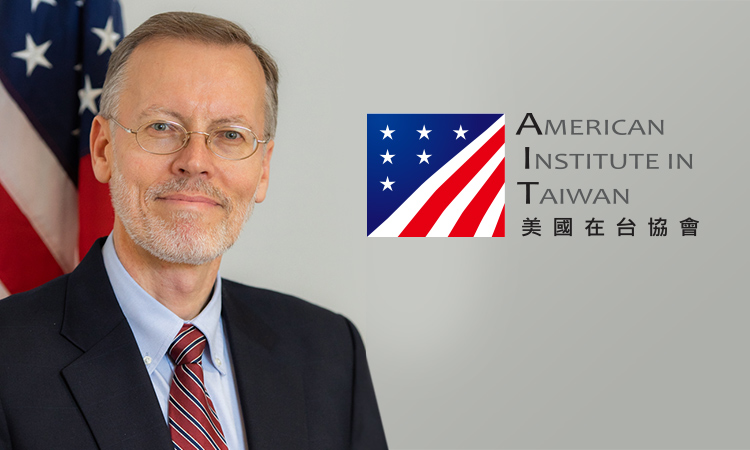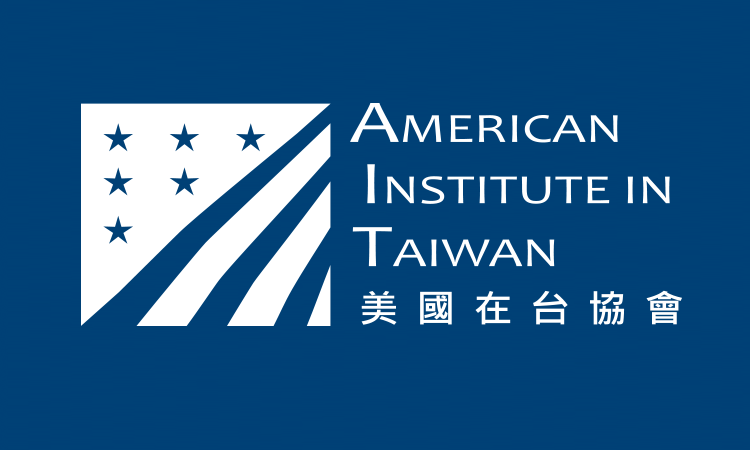OT-1960
August 15, 2019
Remarks by AIT Director W. Brent Christensen
at Taipei Aerospace and Defense Trade Exhibition
August 15, 2019
President Tsai, Director General Leu, Deputy Minister of Defense Chang, distinguished guests, ladies and gentlemen – good morning! It is a great pleasure for me to be here at today’s opening ceremony of the Taipei Aerospace and Defense Trade Exhibition and Taiwan International Drone Show. First, I’d like congratulate Chairman Huang and his team at TAITRA for their leadership in organizing this impressive exhibition, along with co-organizers the Taiwan Aerospace Industry Association, Committee for Aviation Industry Development, and Taiwan Drone Association.
For me to speak here today is an honor and particularly timely. As everyone may know, this year AIT has been commemorating our 40th anniversary with a year-long campaign of events across Taiwan, with each month recognizing a different aspect of the multifaceted nature of U.S.-Taiwan relations. August is Security Cooperation Month, and in fact just yesterday in Taoyuan I delivered a major policy speech on “promoting security cooperation.” When I assumed my position as Director of the American Institute in Taiwan about one year ago, I named “promoting security cooperation” as the first of my “four promotes” – the priorities I hope to focus on during my tenure as AIT Director. Security cooperation is one of the many facets of our deep U.S.-Taiwan relationship that we are proud of, so I’d like to take the opportunity to reiterate some of the themes I covered yesterday to this distinguished audience here today.
Any discussion of today’s robust U.S.-Taiwan security cooperation relationship would be incomplete without mention of the Taiwan Relations Act of 1979, the landmark piece of legislation that solidified the roots of today’s relationship and that consequently also established the American Institute in Taiwan. The Taiwan Relations Act was passed with broad U.S. Congressional bipartisan support – something that Taiwan still enjoys today – and it cemented a policy of continued support for Taiwan’s self-defense. Among our other commitments, the act stipulated that the United States would provide “such defense articles and defense services in such quantity as may be necessary to enable Taiwan to maintain a sufficient self-defense capability.”
This foundational statement has enabled the United States to sustain a policy of regular arms sales to Taiwan through seven administrations. Arms sales remain an important component of our security cooperation relationship with Taiwan, and our day-to-day work with the Taiwan authorities has focused on making sure Taiwan seeks the right capabilities to resist coercion. Since 2008, U.S. administrations have notified Congress of more than $24 billion in foreign military sales to Taiwan, including just in the past two months the sale of M1A2 tanks and Stinger missiles, valued at $2.2 billion dollars. To date, this administration alone has notified Congress of $4.4 billion in arms sales to Taiwan.
Over the past 40 years, we have not only observed Taiwan’s enthusiasm to pursue necessary platforms to ensure its self-defense, but also its evolving tenacity to develop its own indigenous defense industry. Today’s exhibition is a clear example of that.
These investments by Taiwan are commendable, as is Taiwan’s ongoing commitment to increase the defense budget annually to ensure that Taiwan’s spending is sufficient to provide for its own self-defense needs. And we anticipate that these figures will continue to grow commensurate with the threats Taiwan faces.
While most people think about arms sales when we talk about U.S.-Taiwan security cooperation, I would like to highlight that our relationship is actually much much more: we consider Taiwan a partner in realizing our free and open Indo-Pacific vision, our military services engage frequently and substantively in professional exchanges, and our authorities collaborate to enhance humanitarian assistance and disaster relief capabilities to respond to manmade and natural disasters. On that last point – perhaps reinforced by last week’s earthquake and Typhoon Lekima response – we recognize Taiwan’s world-class disaster response capabilities and have accordingly leveraged that expertise to enable Taiwan to train third country practitioners from across the Indo-Pacific region on best practices via our Global Cooperation and Training Framework.
As part of this Security Cooperation Month, AIT also welcomes the thoughts and ideas of Taiwan’s general public to inform us as we carry on our security cooperation relationship. In collaboration with the Taiwan authorities, we have launched our third Digital Dialogue, which asks the people of Taiwan to respond to the question: How should the United States and Taiwan deepen their security cooperation relationship against the backdrop of cross-Strait tensions, U.S-China friction, new and emerging threats, and an increasingly complex Indo-Pacific regional security environment? We welcome your participation and value your frank and candid thoughts. To participate, simply go to the AIT website and search for “Digital Dialogues.”
In closing, I would like to underscore what I said yesterday: that the U.S.-Taiwan security cooperation relationship – and our relationship writ large – is grounded in our fundamental shared values of human rights, freedom and democracy. We are and will remain a true friend of Taiwan, and our commitment to the obligations enshrined in the Taiwan Relations Act is rock solid.
Thank you.
















![Video Thumbnail [Recovered]-01](../wp-content/uploads/sites/269/Video-Thumbnail-Recovered-01-1-750x450.jpg)






